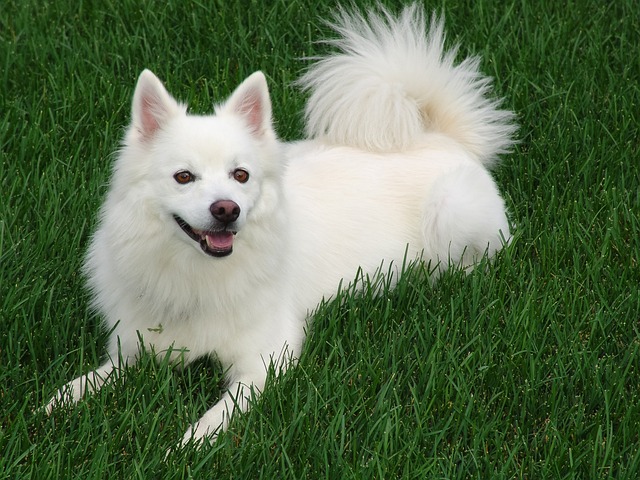
What is glaucoma in a dog?
You might notice your dog squinting more at mealtime or avoiding bright sunlight—these small changes could be early signs of a serious eye condition.
Samoyeds are known for their bright smiles and fluffy coats, but even these cheerful dogs aren’t immune to serious illnesses like canine distemper and parvovirus. These viruses can hit hard, especially in unvaccinated puppies, and knowing the early signs could mean the difference between a full recovery and a tragic outcome.
Canine distemper often starts subtly in Samoyeds, which can make it tricky to spot at first. You might notice your pup acting more tired than usual, turning down meals they’d normally devour. A low-grade fever could slip by, too, hidden by their thick fur—so keeping a close eye on their energy levels is key. As the virus progresses, clear discharge from the eyes and nose might turn thick and discolored, and a dry, hacking cough could develop. Some Samoyeds get diarrhea or vomiting, while others show signs of discomfort, like shivering even when it’s warm. In severe cases, the virus attacks the nervous system, leading to twitches, seizures, or a wobbly gait—symptoms that demand immediate vet attention.
 Parvovirus, on the other hand, tends to strike with more sudden intensity. Samoyeds with parvovirus often start vomiting repeatedly, sometimes hours apart, and their diarrhea can be severe, even bloody. They’ll likely stop drinking water, leading to rapid dehydration—you might notice their eyes looking sunken or their gums feeling dry and sticky. Unlike distemper, parvovirus doesn’t always cause a high fever, but the combination of vomiting and diarrhea drains their energy fast. Puppies under six months old are most at risk, but unvaccinated adults can catch it too, especially if they’re exposed to contaminated areas like parks or kennels.
Parvovirus, on the other hand, tends to strike with more sudden intensity. Samoyeds with parvovirus often start vomiting repeatedly, sometimes hours apart, and their diarrhea can be severe, even bloody. They’ll likely stop drinking water, leading to rapid dehydration—you might notice their eyes looking sunken or their gums feeling dry and sticky. Unlike distemper, parvovirus doesn’t always cause a high fever, but the combination of vomiting and diarrhea drains their energy fast. Puppies under six months old are most at risk, but unvaccinated adults can catch it too, especially if they’re exposed to contaminated areas like parks or kennels.
Both viruses spread easily, through contact with infected dogs’ saliva, feces, or even shared bowls and leashes. That’s why staying on top of vaccinations isn’t just good care—it’s part of responsible pet ownership, with local regulations often requiring core vaccines to protect community health. Skipping shots puts your Samoyed at risk, and in some places, it could land you in hot water legally. Catching symptoms early is crucial, but prevention is always better: ask your vet about a vaccination schedule tailored to your dog’s age and lifestyle.
If you see any of these signs in your Samoyed, don’t wait to call the vet. These viruses progress quickly, and delays can make treatment harder. Even if your dog seems to bounce back a little, underlying damage might be worsening. With prompt care, many Samoyeds recover, but early action is their best chance. Keeping a watchful eye on their habits—how much they eat, how active they are, even the way they breathe—helps you catch problems before they spiral.

You might notice your dog squinting more at mealtime or avoiding bright sunlight—these small changes could be early signs of a serious eye condition.

Let’s set the scene: It’s a sweltering Phoenix afternoon—105°F outside—and you rushed your 2-year-old Lab mix, Cooper, on a quick walk to “get it over with.”

Let’s get real: You’re in your Miami apartment, watching your 3-year-old Corgi, Loki, struggle to climb the stairs to your second-floor unit.

Many dog owners brush off occasional scratching as just “dog behavior,” but persistent itching often signals something more—like a food allergy.

You might first notice your dog scratching more than usual—chewing at their paws until the fur looks thin, or rubbing their face against the couch nonstop.

Let’s be real: You’re standing in your Chicago apartment, watching your 3-year-old Beagle, Max, huff and puff just to climb onto the couch.